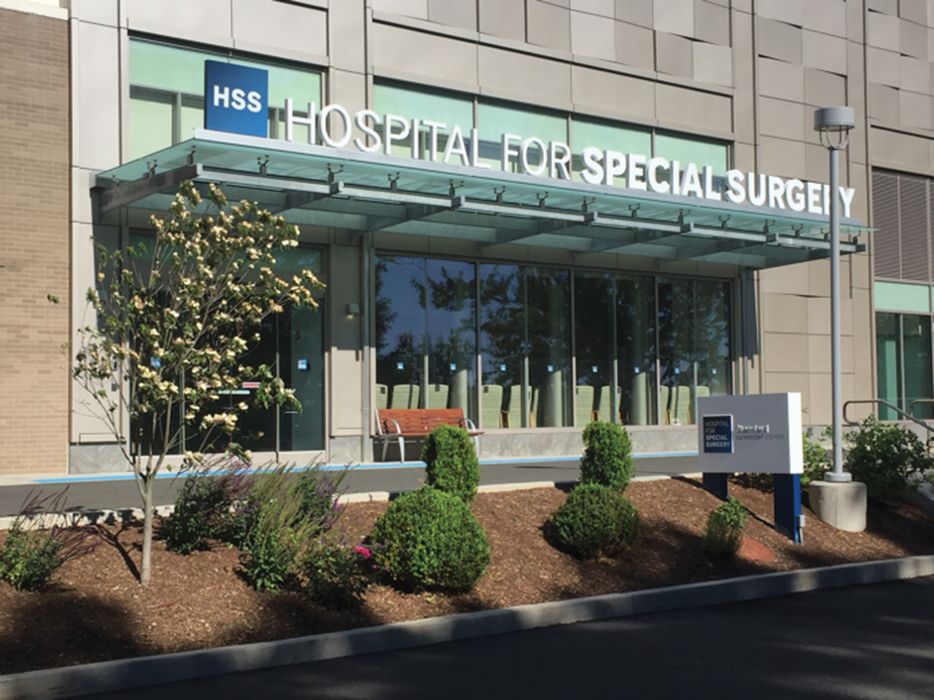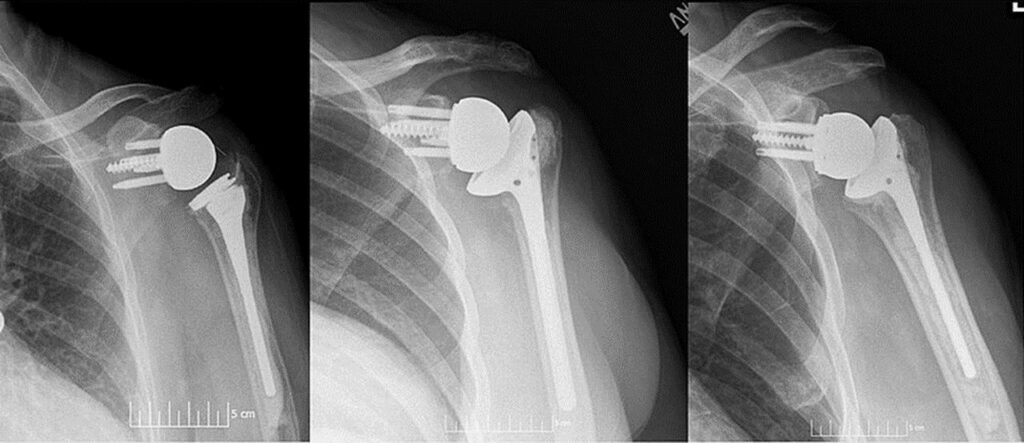
Charles R. Goulding and Julia Wallace look at the use of 3D printing at a New York City healthcare center.
The Hospital for Special Surgery (HSS) in New York City focuses on musculoskeletal conditions, from orthopedic surgery to rheumatologic conditions. It is the number one ranked hospital for orthopedics for 12 years as of 2022, and it also ranks highly in rheumatology, pediatric orthopedics, and surgical care, among numerous other categories. HSS partners with LimaCorporate, an innovative global orthopedics company based in Italy, to produce customized implants for patients.
The ProMade PoC
In March 2021, the partnership announced the ProMade Point of Care Center for Complex Orthopedic Solutions (ProMade PoC), the first provider-based 3D design and printing facility for custom complex joint replacement solutions. The facility is physically located at the HSS main facility in New York City, allowing custom patient solutions to be designed and manufactured on-site, reducing wait times and improving patient outcomes due to the high personalization of the devices. Manufacturing engineers and surgeons have a higher level of collaboration than was previously possible. HSS recognizes that the conventional “one size fits all” way of creating implants causes post-operational issues. Custom-made implants reduce these complications, and 3D printing techniques have much more precision in customization than traditional methods.

LimaCorporate has over 15 years of clinical experience. Its specialists have been using additive manufacturing for years to produce titanium custom implants. The company employs over 800 people across 24 countries to offer creative orthopedic solutions worldwide. Its partnership with HSS has greatly expanded its patient reach in the U.S. Over 32,000 surgeries are performed by HSS doctors every year. Also, rather than providing an outsourced product to HSS, it is a part of the surgical process every step of the way, at the point of care.
Success!
In March 2022, one year after the ProMade PoC Center was opened, HSS and LimaCorporate announced that the first patient-specific solutions designed there were successfully used in a hip procedure performed by Dr. Robert L. Bully and a shoulder procedure performed by Dr. Patrick Connor. Luigi Ferrari, CEO of LimaCorporate, and Louis A. Shapiro, President and CEO of HSS, expressed pride in the success of these surgeries and of the ProMade PoC center. They are excited about what the future holds for doctors, engineers, and patients with access to such an innovative form of treatment
The Research & Development Tax Credit
The now permanent Research and Development (R&D) Tax Credit is available for companies developing new or improved products, processes and/or software.
3D printing can help boost a company’s R&D Tax Credits. Wages for technical employees creating, testing and revising 3D printed prototypes can be included as a percentage of eligible time spent for the R&D Tax Credit. Similarly, when used as a method of improving a process, time spent integrating 3D printing hardware and software counts as an eligible activity. Lastly, when used for modeling and preproduction, the costs of filaments consumed during the development process may also be recovered.
Whether it is used for creating and testing prototypes or for final production, 3D printing is a great indicator that R&D Credit eligible activities are taking place. Companies implementing this technology at any point should consider taking advantage of R&D Tax Credits.
Conclusion
The use of 3D printing to produce surgical implants is on the rise. The ability to precisely design custom devices to match a patient’s anatomy is a huge improvement in medical care and improves patient outcomes, and more hospitals will likely adopt this method and maybe even establish their own additive manufacturing centers.
